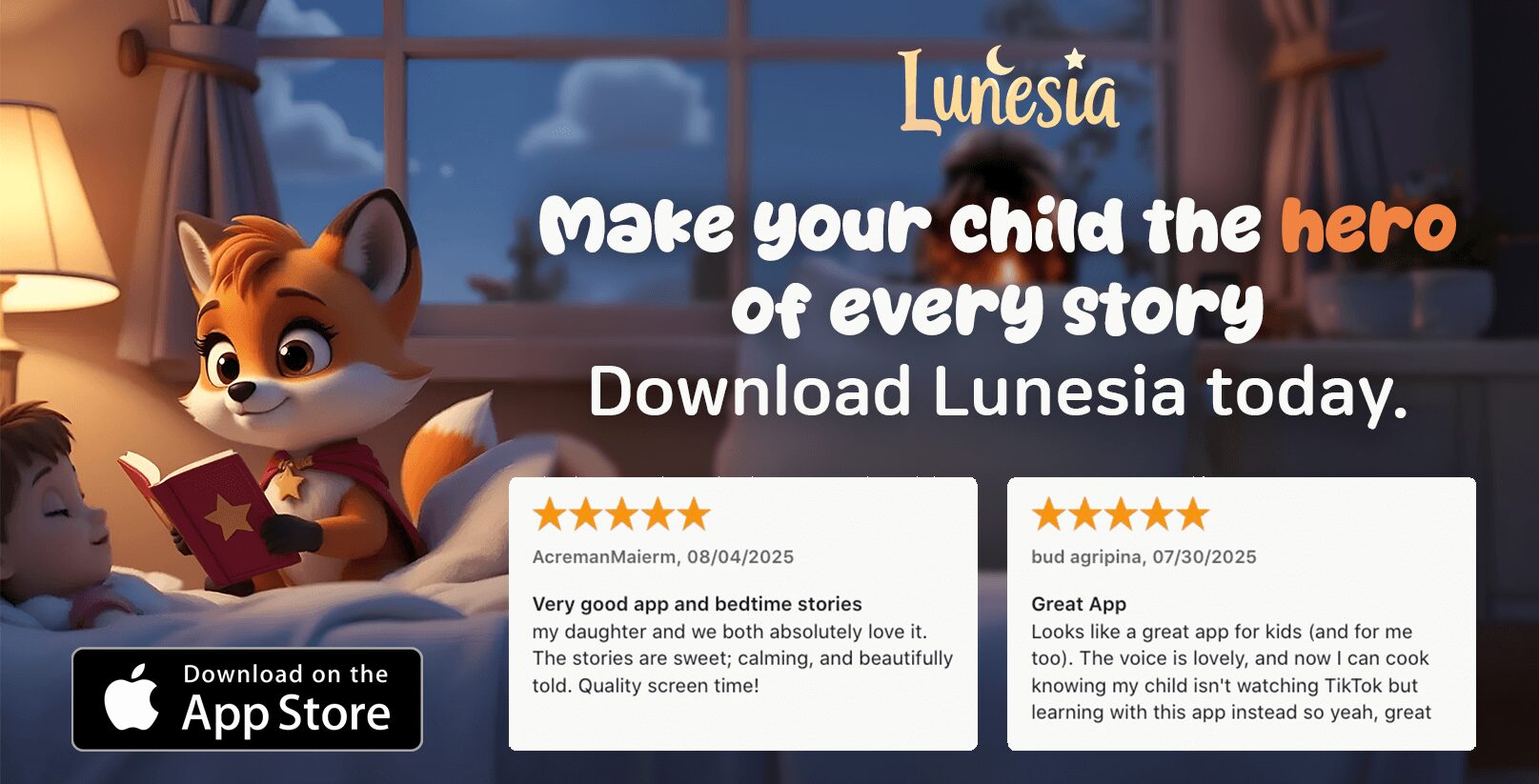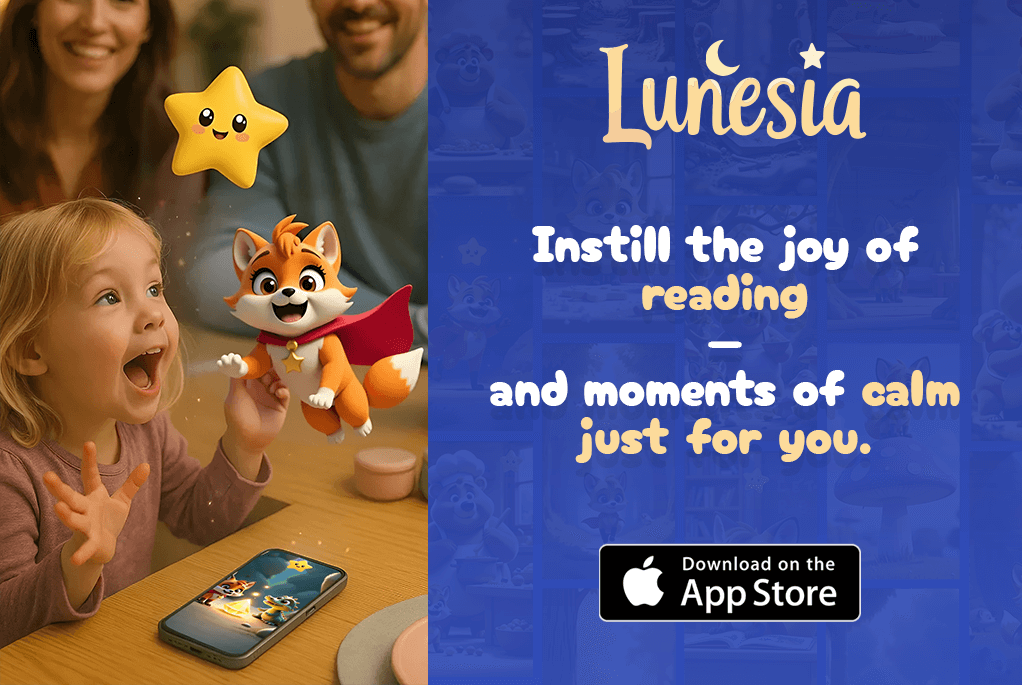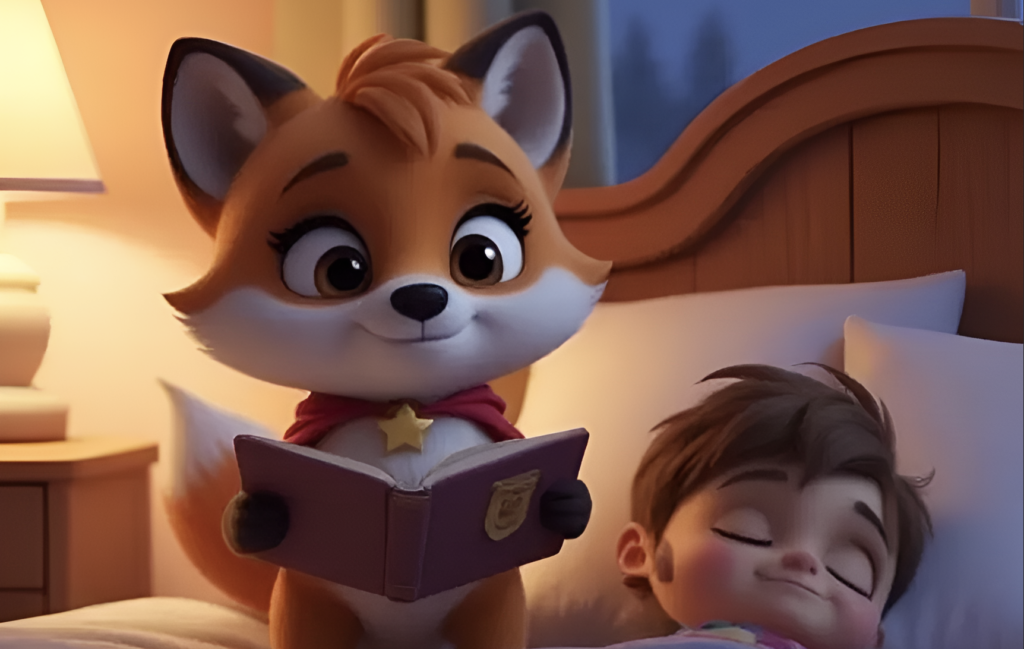Finding tools that bring classrooms and households together has been a game-changer for me. As someone who values both education and family, I’ve seen how the right resources can transform learning experiences. It’s not just about technology—it’s about connection.

Today, there’s a growing need for platforms that blend educational value with seamless collaboration. Accessibility across devices ensures that everyone, regardless of their tech setup, can participate. This inclusivity is key to fostering a sense of community in learning.
Privacy and security are also top priorities. Platforms like Klassly, trusted by 97% of educators for emergency communications, set the standard. Features like automatic translation break language barriers, making these tools even more versatile.
With recommendations from Common Sense Education, it’s easier than ever to find solutions that prioritize digital citizenship and student safety. These tools aren’t just apps—they’re bridges to a brighter future for learners everywhere.
Introduction to Story Apps for Parents and Teachers
As an educator, I’ve seen firsthand how technology can bridge the gap between home and school. One of the most impactful tools I’ve used is Klassly’s timeline feature. It allows me to share classroom moments securely, keeping families informed and engaged. This shift from paper newsletters to real-time multimedia updates has been a game-changer.
Studies show a 95% improvement in parental awareness of school content when using these tools. Unlike traditional parent-teacher conferences, app-based communication fosters continuous dialogue. It’s not just about updates—it’s about building a stronger connection between families and educators.
Klassly’s “Do Not Disturb” feature is another standout. It respects teacher boundaries while ensuring families can stay connected. This balance is crucial for maintaining a healthy work-life dynamic. Additionally, these tools integrate seamlessly with digital citizenship curriculum standards, promoting safe and responsible online behavior.
CAST UDL Book Builder is another excellent example. It supports diverse learners by allowing them to create and share digital books. This aligns perfectly with the criteria set by Common Sense Education, ensuring that these tools are both effective and trustworthy.
Here’s a quick comparison of traditional vs. app-based communication:
| Aspect | Traditional | App-Based |
|---|---|---|
| Frequency | Monthly newsletters | Real-time updates |
| Engagement | Limited interaction | Continuous dialogue |
| Accessibility | Paper-based | Multimedia-rich |
These tools also support project-based learning, encouraging families to get involved in their child’s education. Whether it’s through lesson plans digital or collaborative projects, the possibilities are endless. The result? A more connected, engaged, and informed community.
Top Story Apps for Parents and Teachers
Navigating the world of educational tools can feel overwhelming, but some platforms truly stand out. These tools not only simplify communication but also enhance learning experiences for everyone involved. Let’s explore a few favorites that have earned their place in classrooms and homes alike.
Klassly: Bridging the Communication Gap
Klassly has become a go-to for educators and families. With a 97% adoption rate for emergency communications, it’s clear why this platform is trusted. Features like auto-translation and voice-over accessibility ensure inclusivity for all users.
One teacher shared, “Klassly stopped me from going nuts with parent communication!” Its structured approach, including appointment scheduling with video conferencing, makes it a standout choice. Compared to simpler messaging tools, Klassly offers a more comprehensive solution.

ClassDojo: Supporting Student Growth
ClassDojo is praised by Common Sense Selections for its goal-setting features. It’s particularly effective in tracking behavior, which has led to improvements in Individualized Education Programs (IEPs). Schools across the country have embraced it for its ability to foster positive habits.
Seesaw: Demonstrating Student Progress
Seesaw shines with its multimedia portfolios, showcasing skill development over time. It’s especially helpful for English Language Learners (ELLs), using visual storytelling to support their progress. A video example of a student’s reading journey can speak volumes about their growth.
Book Creator: Publishing Digital Books
With over 50 million books created, Book Creator is a cross-curricular powerhouse. Its partnership with Oxford University Press provides templates that make publishing easy. Plus, its compatibility with Google Classroom ensures seamless integration into existing workflows.
For those looking to enhance reading and writing skills, the Secret Stories® Phonics app is another excellent resource. It supports independent practice and aligns perfectly with classroom and home learning goals.
Benefits of Using Story Apps in Education
The integration of story apps into education has opened doors to new possibilities for learners and educators. These tools are more than just platforms—they’re catalysts for meaningful connections and growth. Let’s explore how they enhance communication, promote creativity, and support diverse learning needs.
Enhancing Communication
Effective communication is the backbone of any successful learning environment. Platforms like Klassly make this easier by offering features like private chats, which prevent group message overwhelm. With support for over 150 languages, Klassly ensures inclusivity for families from diverse backgrounds.
Another standout feature is voice-over support, which helps vision-impaired families stay connected. This level of accessibility fosters family community engagement, ensuring everyone feels involved in the learning process.
Promoting Creativity
Creativity thrives when students have the right tools. Toontastic 3D, for example, boosts narrative skills by allowing learners to create their own animated stories. Similarly, Pixton empowers visual learners to design comics, making complex ideas easier to understand.
Elementari takes creativity a step further by introducing coding through interactive stories. These tools not only engage students but also align with digital citizenship principles, teaching responsible online behavior.
Supporting Diverse Learning Needs
Every learner is unique, and story apps are designed to meet those differences. My Story School eBook Maker, for instance, offers accessibility features that cater to various needs. Novel Effect enhances read-aloud experiences for auditory learners, making stories more immersive.
CAST Book Builder incorporates Universal Design for Learning (UDL) principles, ensuring that all students can participate. These tools are a testament to how technology can create inclusive learning environments.
Whether it’s through social media platforms like Twitter’s #EdChat or privacy-focused tools like Shadow Puppet Edu, the possibilities are endless. Story apps are reshaping education, one connection at a time.
Conclusion
Building strong connections between home and school has always been my priority. Tools like Klassly have been invaluable in maintaining our classroom community. As one teacher shared, “Klassly helped keep us connected and engaged!”
If you’re new to these platforms, start with one or two. Free options like Klassly and resources from Common Sense are excellent starting points. Combining tools, such as Seesaw for portfolios and Book Creator for publishing, can enhance learning experiences.
Looking ahead, AI-assisted storytelling tools are set to revolutionize education. Always prioritize privacy evaluations from Common Sense to ensure safe usage. A final tip: Use Klassly’s scheduling feature to prevent communication burnout.
Join the conversation with #StoryAppSuccess and explore how these tools can transform your classroom. Together, we can create spaces where every family feels authentically engaged in their child’s education.
FAQ
What are the best story apps for parents and teachers?
Some of the top-rated options include Klassly, ClassDojo, Seesaw, and Book Creator. These tools help enhance communication, creativity, and learning in the classroom and at home.
How can story apps benefit my child’s education?
Story apps promote creativity, support diverse learning needs, and improve communication between educators and families. They also make learning more engaging and interactive.
Are these apps safe for kids to use?
Yes, apps like ClassDojo and Seesaw prioritize privacy and safety. They are designed with child-friendly features and comply with privacy regulations to protect user data.
Can story apps be used for remote learning?
Absolutely! Many of these apps, such as Seesaw and Book Creator, are perfect for remote learning. They allow students to share their work and stay connected with teachers and peers.
Do these apps require technical expertise to use?
No, most story apps are user-friendly and designed for easy navigation. They often include tutorials and guides to help parents and teachers get started quickly.
Are there free options available?
Yes, many apps offer free versions with basic features. For example, ClassDojo and Seesaw provide free plans that are great for getting started.



